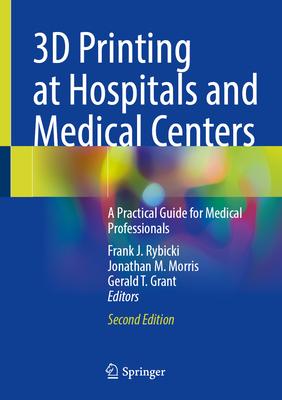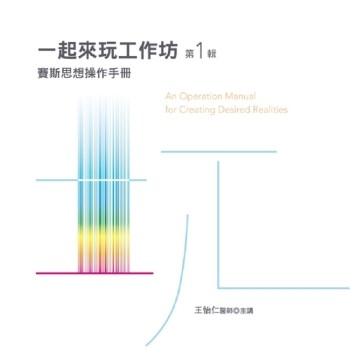Dr. Frank Rybicki pioneered medical 3D printing in health care facilities. He developed and supervised the first radiology-based Continuing Medical Education (CME) educational program in 3D printing, and he designed the first hands-on CME-based training program. Dr. Rybicki founded and is Editor-in-Chief of 3D Printing in Medicine (2022 Impact Factor of 3.7) that launched in 2015. In the fall of 2016, after founding the organization one year earlier, Dr. Rybicki was named the first Chairperson of the Radiological Society of North America Special Interest Group (SIG) on 3D Printing, initiating a new chapter for the field of advanced surgical planning. In September 2018, as part of an American College of Radiology team, Dr. Rybicki co-led the successful AMA/ CPT application for category III billing codes for anatomic modelling (effective July 1, 2019).
Dr. Jonathan M. Morris is a Board-Certified Radiologist and CAQ Neuroradiologist. He is Professor of Radiology at the Mayo Clinic where he directs the 3D Printing Anatomic Modeling Unit, among the largest of all hospital-based 3D printing manufacturing facilities. His work has pioneered and scaled the use of patient specific anatomical models and custom 3D printed sterilizable class II osteotomy guides for craniomaxillofacial and orthopedic procedures. Similarly, he pioneered the incorporation of 3D printing into the Electronic Medical Record, Radiology Information Management System, and Billing systems across a 5 state enterprise at Mayo Clinic with Anatomic Modeling Units at the 3 major facilities in Rochester, MN, Jacksonville, FL, and Scottsdale AZ. He is past president of the RSNA 3D Printing Special Interest Group. He received his M.D. at Howard University College of Medicine, completed an internship at Washington Hospital Center, a research fellowship at the National Institutes of Health, and his radiology and neuroradiology fellowships at Mayo Clinic. He is the Executive Medical Director for Immersive and Experiential Learning and Medical Director for Biomedical and Scientific Visualization, Division of Experiential Learning at the Mayo Clinic College of Medicine and Science. In this role Dr. Morris is focused on developing and deploying extended realities, virtual reality, augmented reality in medical education, intraoperative guidance, and medical capital equipment training. Additionally, he is an expert in minimally invasive thermal ablation of tumors in the neuroaxis.
Gerald T. Grant, DMD, MS, FACP received his D.M.D. degree from the University of Louisville, School of Dentistry in 1985, and his specialty training in Maxillofacial Prosthetics from the Naval Postgraduate Dental School, Bethesda, Maryland in 1999. He is a Diplomat of the American Board of Prosthodontics. Dr. Grant has over 15 years of experience in the use of digital design and 3D printing in customized medical and dental care (both research and application). He directed the development and was Service Chief of the 3D Medical Applications Center, Department of Radiology, at Walter Reed National Military Medical Center, one of the first and largest in-hospital services, providing medical models, surgical guides, and custom medical/dental devices world-wide to US military facilities for Wounded Warrior care around the world. Having retired after 33 years of service in the United States Navy, he served as Professor and Interim Chair of the Oral Health and Rehabilitation Department at the University of Louisville School of Dentistry for seven years and continues with an adjunct professor position, where he has developed collaborative research teams involving the Schools of Medicine, Engineering, and Dentistry for Advanced Digital Applications in the design and fabrication of medical devices for craniofacial reconstruction, dental restoration and rehabilitation, and bio-printing/bio-fabrication. He is currently serving as a Maxillofacial Prosthodontist at the Lexington, Kentucky Veterans Dental Clinic, where he is developing institutional pathways for digital dental technologies and research.












